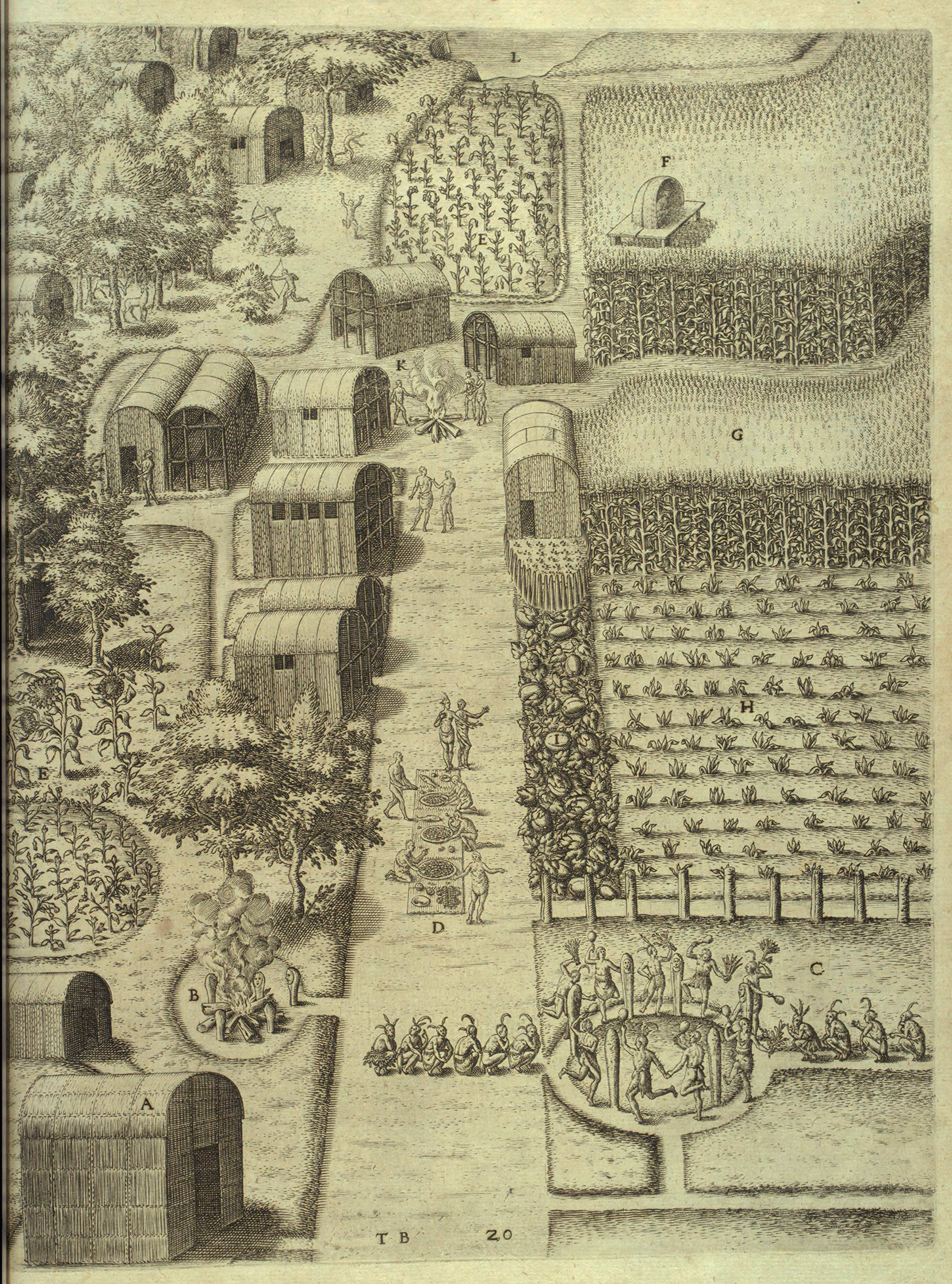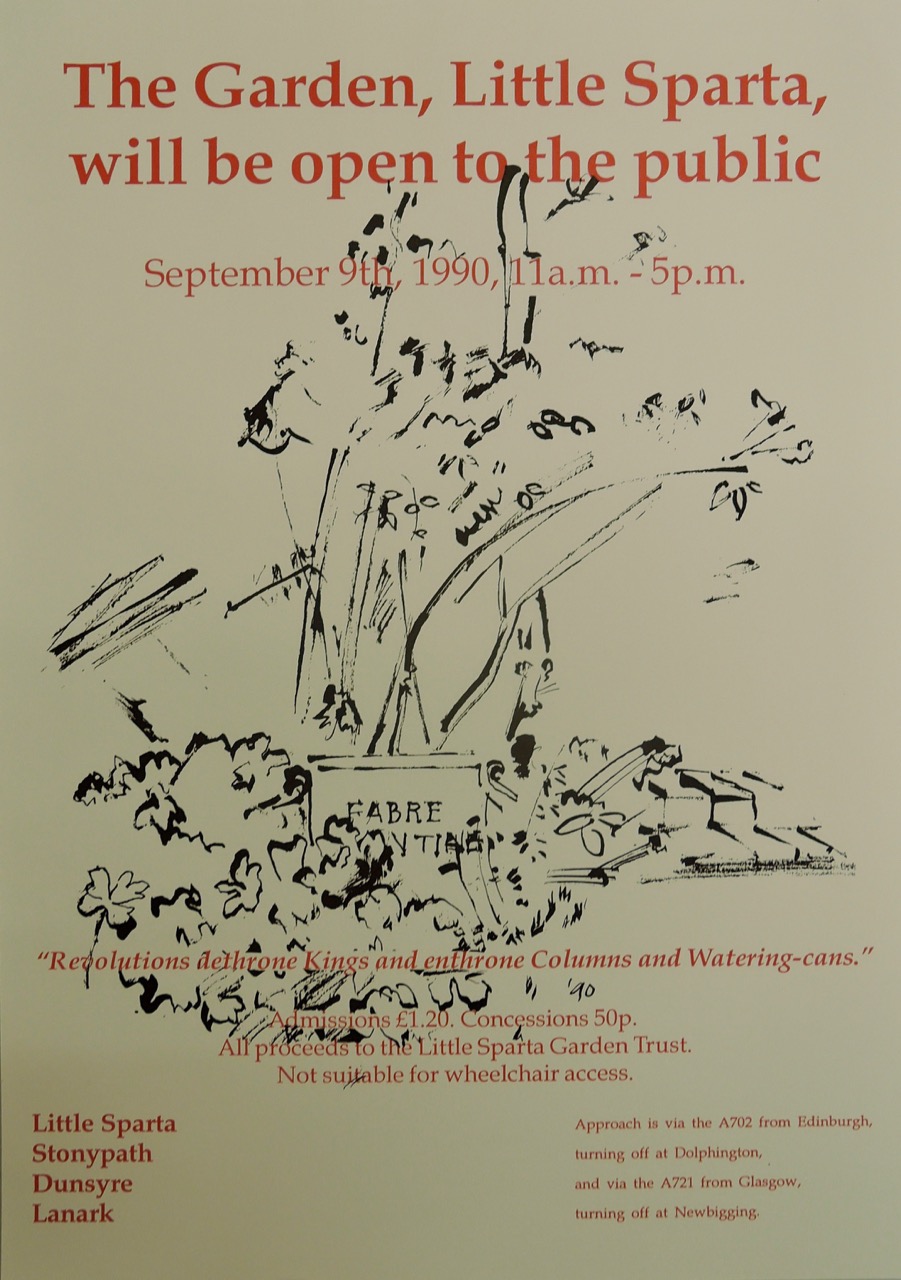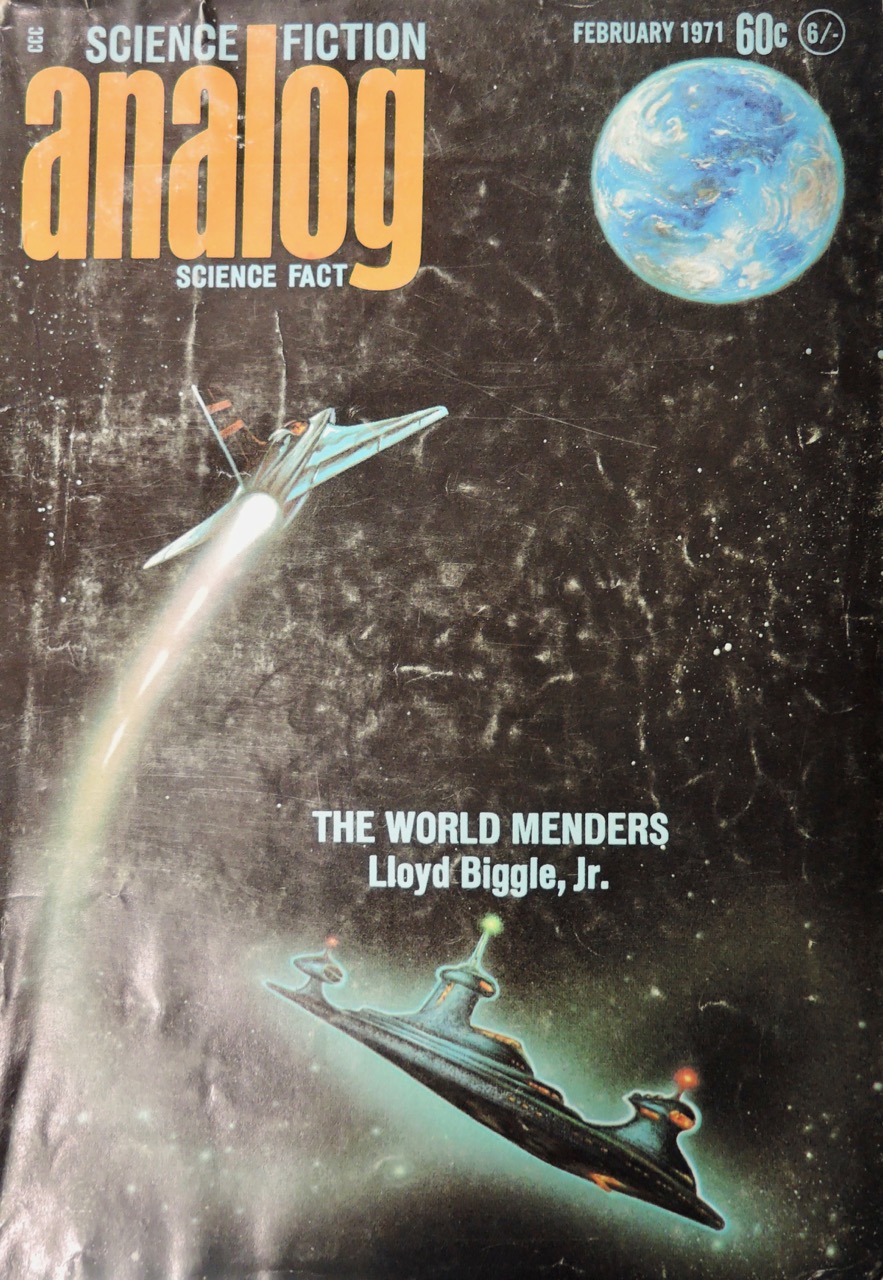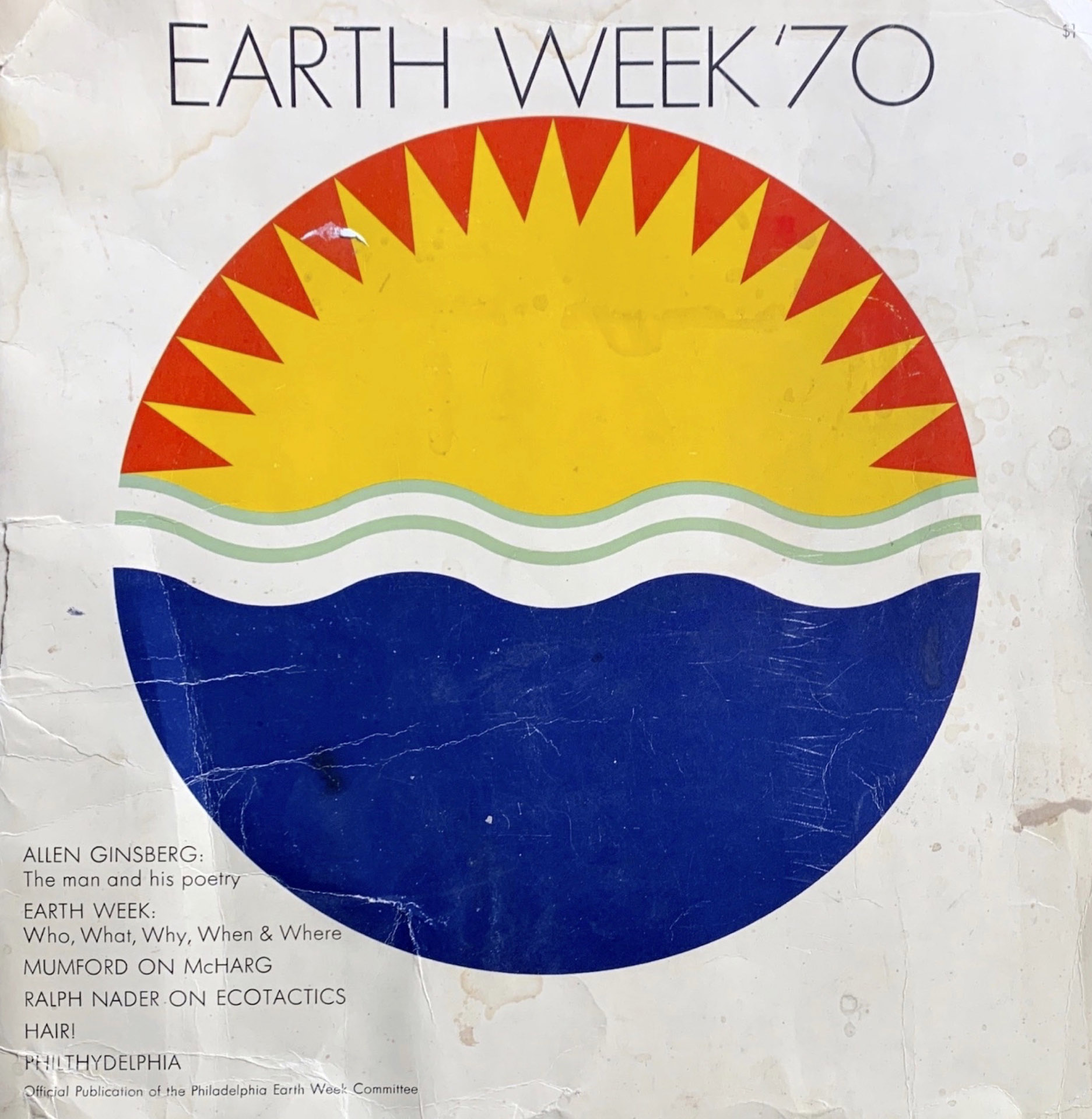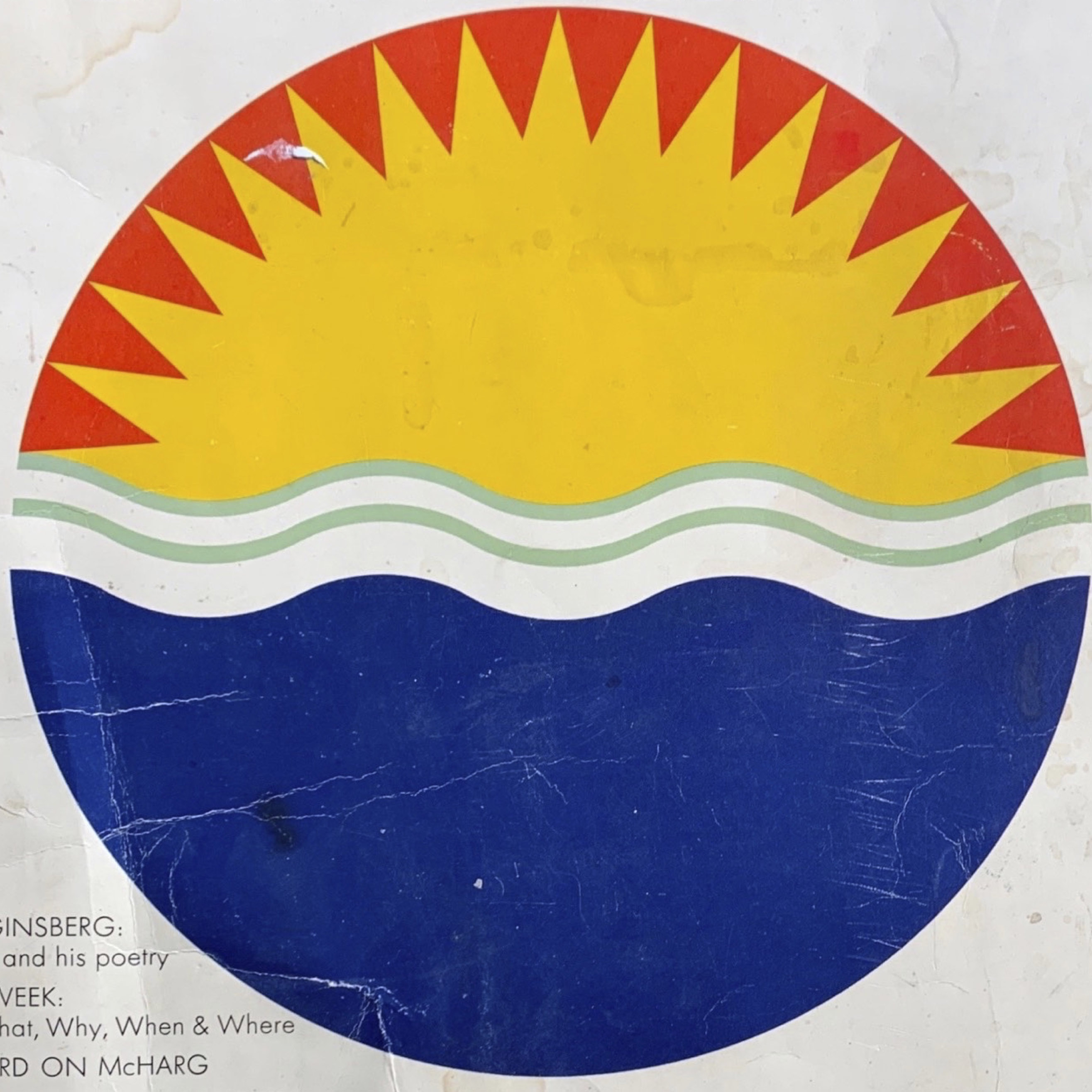This webpage provides an overview of special collections in the Penn Libraries relevant to the study of the environment and ecology, presented thematically across a broad range of historical time and geographic space. Books, archives, and image collections are all included here: these are located in multiple special collections libraries, including Fisher Fine Arts Library; the Kislak Center; the Museum Library; and the Library at the Katz Center for Advanced Judaic Studies.
Students and scholars in environmental humanities and environmental sciences may find content of research value in a vast array of sources. We welcome suggestions for additional content.
Interactions between humans and the natural world in medieval and early modern eras
A number of manuscripts in the Lawrence J. Schoenberg Collection and other early manuscript collections describe or depict human technologies and their impact upon the environment. A group focus on technology, including water and hydraulics. Some examples include:
- Water and water rights, including documents relating to water rights in Milan, LJS 342 [after 1444] and Report on efforts to repair the Acqua Felice, LJS 178
- Copy of an 11th century treatise on hydraulics and groundwater supply, LJS 399 [Iraq or Persia, 1674]
Italian family papers document land management, farming practices, and environmental management over five centuries.
Parchment samples from our collections have been studied as part of ongoing research on premodern animal and insect populations involving multiple libraries.
Herbals, alchemy, metallurgy, and natural magic
There are strong collection holdings of early modern books and manuscripts on plants ("herbals") and gardens. The E. F. Smith Collection contains many sources on alchemy and natural magic, which often center on the natural world and its elements. It also has strong holdings in mining and metallurgy.
- Browse records for herbals and related materials in Kislak Center collections
- Browse holdings relating to mining and metallurgy
- Browse alchemical sources and related holdings on alchemy
- Browse early herbals and botanical texts
The Furness Shakespeare Library also collects modern scholarship on ecocritical approaches to early modern Europe and early modern drama. Its holdings reflect the recent increase of interest in the field of environmental humanities.
Recipes, food, health, and medicine
Extensive cookery and food studies collections represent an extraordinary source for studying human-environmental relations through the lens of food and food production, from the Renaissance to contemporary times. Two major collections are the Esther B. Aresty Collection on the Culinary Arts and the Chef Fritz Blank Culinary Archive and Library.
Agriculture and agrarianism
Philadelphia Society for Promoting Agriculture (PSPA): established in 1785, this still-active society's records and library document farm practices and debates about agriculture over two centuries. The PSPA library contains books and periodicals on all aspects of agriculture, including farming, animal husbandry, gardening, veterinary medicine, industrialized farming, soils and fertilizers, regionally, nationally, and internationally.
Judaica collections across the Libraries include a significant group of sources, both archival and printed, documenting Jewish agrarian movements in the 19th and 20th centuries.
Gardens, gardening, and landscapes
Gardens can be investigated as sites but also as metaphors, and discourses on gardens range across literary, historical, and scientific genres. Penn Libraries special collections hold numerous early treatises as well as more contemporary studies.
The G. Holmes Perkins Library, housed in Fisher Fine Arts Library, holds numerous early works on landscape architecture, gardening, and the built environment. This guide provides further details and examples.
The Kislak Center holds printed works and archival materials by the Scottish poet, garden designer, and artist Ian Hamilton Finlay (1925-2006). The Yves Abrioux and Gianni Burattoni collection, 1994-1997 (Ms. Coll. 1233, 1 box) contains articles, project files and publicity on their art and installations including the Parc National du Cilento et Vallo de Diano and the Parc de la Courneuve.
A set of Atlantic Coast ecological inventories published by the U.S. Fish and Wildlife Service (1980) is located in the Fine Arts Library Map Collection.
Colonialism, Indigenous studies, and the environment
The Museum Library's Rare Book Collections span many areas of anthropology and archaeology and contain sources important to studies of Native ecologies (albeit often from European or Euro-American points of view).
Two major collections document Euro-American encounters with Native Americans in the lands of the American "West": the Robert Dechert Collection, particuarly focused on French colonizations, and the Caroline F. Schimmel Fiction Collection of Women in the American Wilderness, with works of fiction by women writers, including novels, short stories, poetry, works by Native American authors, travel writings, narratives of polar expeditions, captivity narratives, and works for children. Both of these collections have deep resources for scholars interested in colonial attempts to control and settle American peoples and lands--and Native resistance to these attempts.
Climate studies
Historical discussions of weather patterns and climates can be found in a variety of texts, from natural history to travel literature to almanacs. These searches suggest some starting points.
Natural history, animal studies, ornithology, botany, early biology
Holdings include major writers of European natural histories, including two editions (both hand-colored) of Marc Catesby's Natural History of Florida, Carolina, and the Bahama Islands, and a full set of Buffon's Histoire naturelle, one of the earliest gifts to the Penn Libraries. The recent gift of books from Professor Lee Peachey includes unique copies of Martin Lister's De cochleis: detailed studies of shells drawn by Lister and engraved by his daughters. The pioneering studies of Lister and other members of the Royal Society are also documented in the Philosophical Transactions.
The published accounts of early explorers, archaeologists, diplomats, and military campaigners often include natural history observations. A spectacular example is the lavish published record of the Napoleonic military campaign in Egypt, the Description de l'Egypte, published 1809-28, which includes description and plates on "ancient" and "modern" Egypt and two volumes devoted to Egyptian natural history.
Modern environmental thought and environmentalism
Known as a thinker about cities, Lewis Mumford (1895–1990) has also been recognized as a pioneer of modern environmental philosophy, and the Mumford collections contain extensive writing and correspondence relevant to the field. The Melvin Benarde papers 1968-1970 (Ms. Coll. 1031, 3 boxes), include this author's work on humanity's effect on the environment, famine, and food. The Michael Strassfeld papers (Ms. Coll. 1218, 70 boxes) includes material on many Jewish counterculture and progressive movements, include environmental activism.
Responses to the deployment of atomic weaponry and the dawn of the "Atomic Age" often center upon environmental threats. Two significant collections of ephemera document some of these responses: the Atomic Age Collection (1945-1990s; Print Collection 11) and the Zinman Atomic Energy Collection (1920-1997; Print Collection 46).
Some political pamphlets in the Freedoms Foundation collection relate to environmental movements in the postwar period.
University of Pennsylvania students and faculty were central organizers of the first Earth Day and Earth Week observances in 1970. In 2020, Professor Anne Berg and students investigated and documented these activities, drawing on materials from the University Archives and Records Center.
Literary and cultural responses
The Mark B. Adams Science Fiction Collection, in the Kislak Center, documents the long-held interest of science fiction authors in responding to environmental threats by imagining futurist or alien worlds. Some works in the collection specifically focus on environmentalism: for example, The City, 2000 A.D. and William Weston's Ecotopia.
A number of artists' books and fine press books demonstrate artistic engagements with environmental themes through a material lens. Examples include Cynthia Back, Green 2 Green; Ann E. Kalmbach, Pistol/Pistil; Johanna Drucker, Damaged Nature, Salvage Culture; Gary Snyder, Piute Creek; Amelia R. Bird, Walden marginalia, or, The contents of a dozen shanties. Work by fine press artist and bookmaker Enid Mark includes her Ars Botanica.
Examples of children's literature interpreting and illustrating ecological concepts from the Johanna Banks Collection of African American Books include Earth Mother (Ellen Jackson, ill. by Leo & Diane Dillon) and The Barefoot Book of Earth Tales (Dawn Casey, ill. by Anne Wilson).
Extensive comics collections include many examples of environmental and planetary narratives.
The Monument Lab collection (Ms. Coll. 1400, 3 boxes), recently acquired, represents the work of this pioneering project to question the place of monuments and memorials in modern society, including extensive surveys aimed at reimagining the work of public memory, land, and public space.
The angling collections and binding work of the bookbinder S.A. Neff, Jr. have been exhibited in the Kislak Center: Neff's work reflects ongoing engagement with the natural world, fish and angling, and with the world of books and fine bookbinding.
Press and news items
Special collections in the Penn Libraries relevant to the study of the environment and ecology stretch across a broad range of historical time and geographic space. They include medieval and early modern accounts of land and technology; natural history and botany; colonial and settler narratives; modern archives; and imaginative literature.
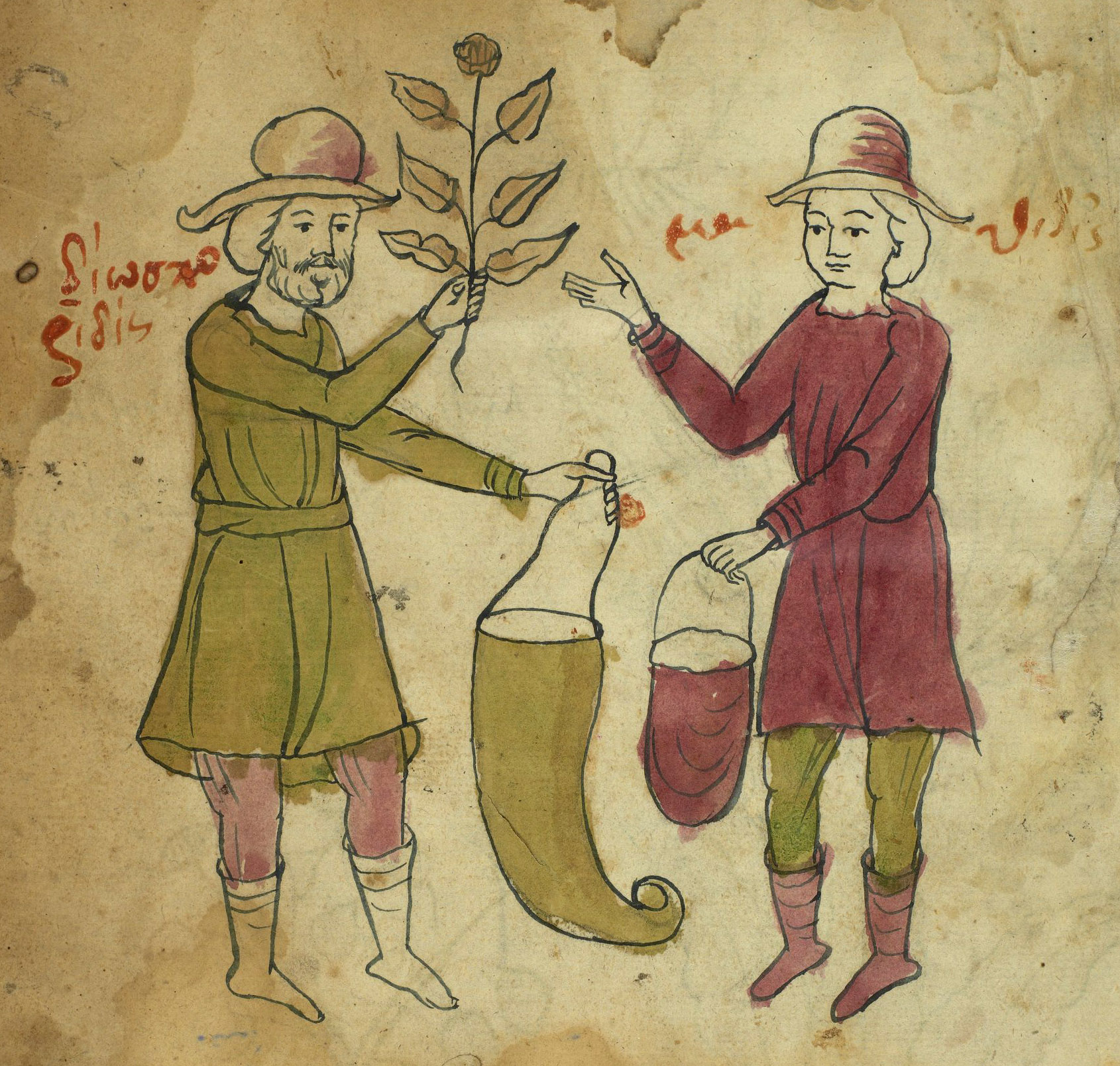
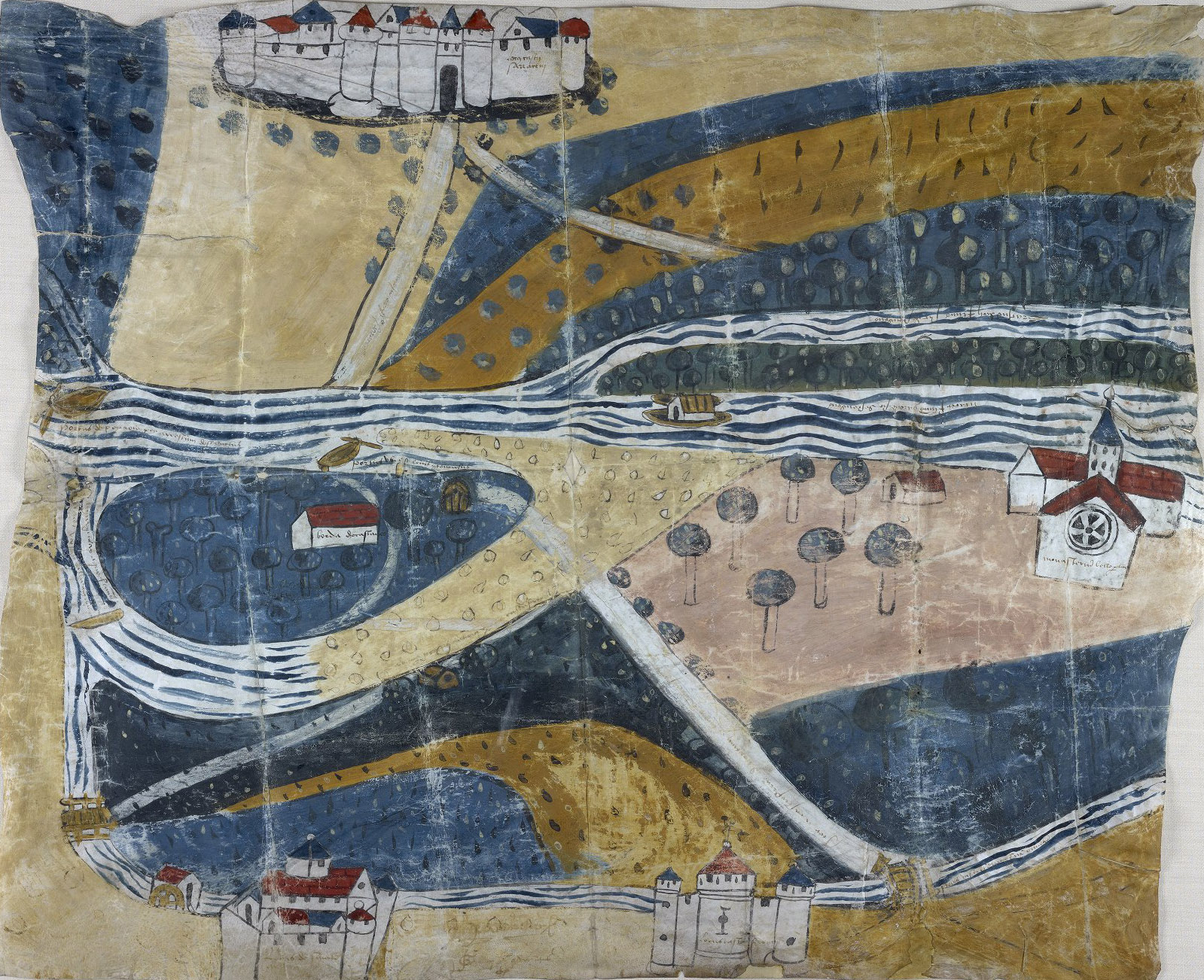
![Leonart Fuchs, Leonharti Fuchsii medici, Primi de stirpium historia co[m]mentariorum tomi viuae imagines ( Printed and hand-colored image of Hollyhock ("Alcea"), with manuscript marginalia](/sites/default/files/2021-04/RBC%20580%20F953-p45%20crop.jpg)
